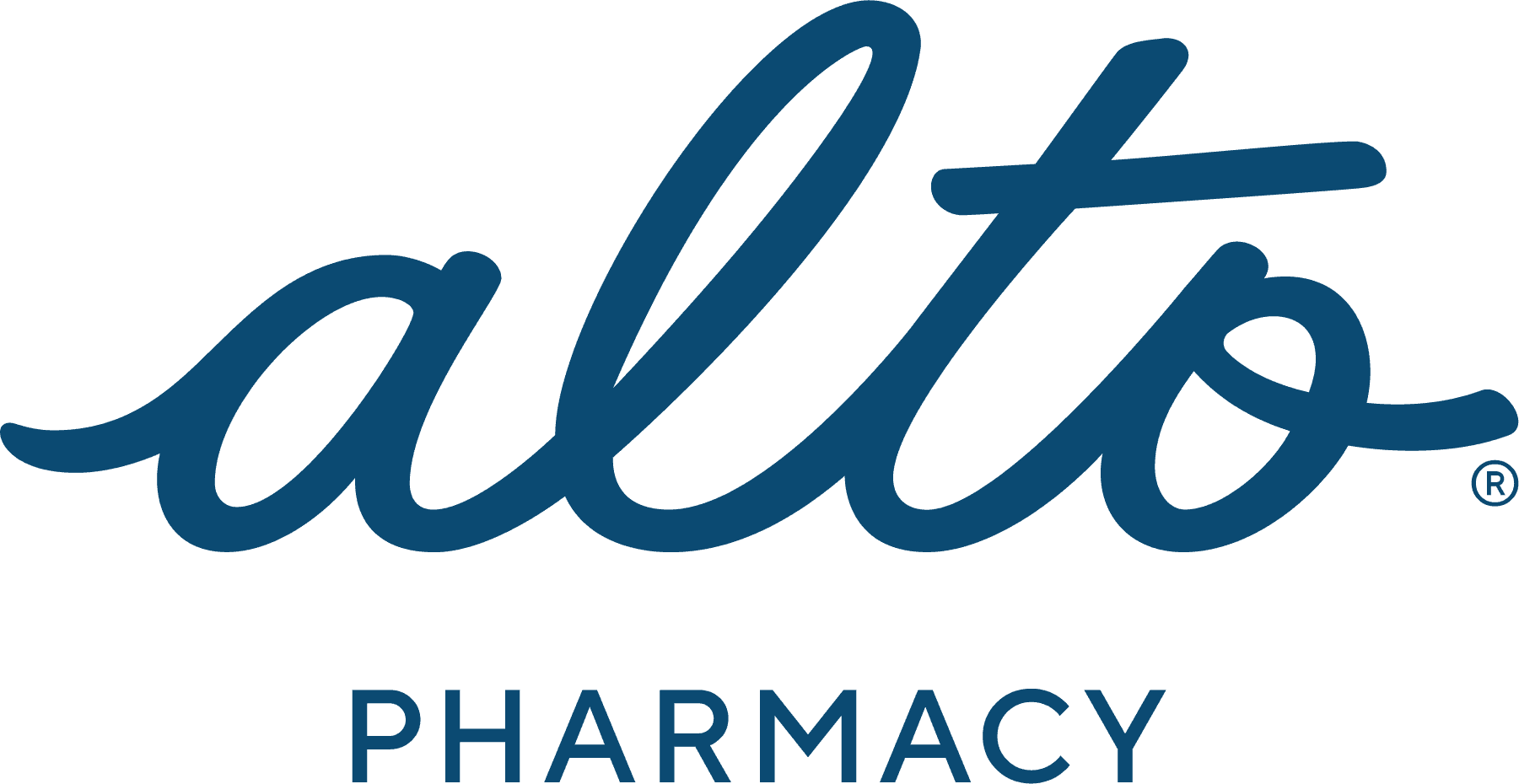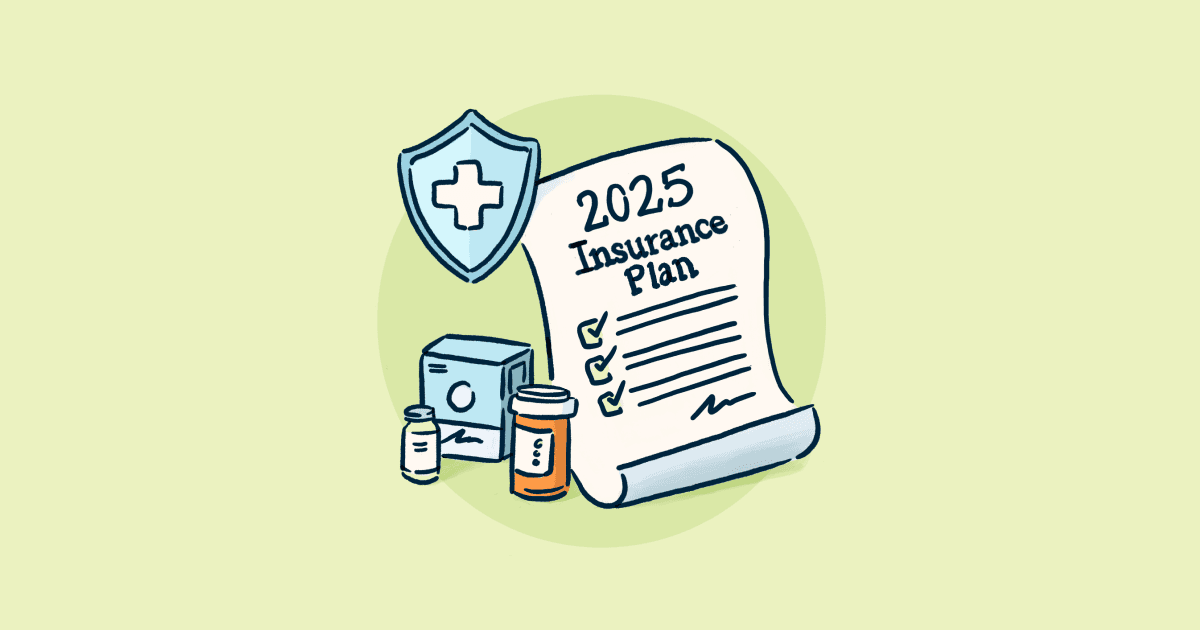National Diabetes Month: A Conversation with Jennifer Baldwin of Children’s Hospital Los Angeles
Nov 29, 2023
By
Alto Pharmacy
November marks National Diabetes Month, a time to learn more about the complex illness, which affects millions of Americans of all ages.
Alto Pharmacy is privileged to support the diabetes management needs of individuals and families across the country, including many of the children and adolescents living with type 1 and type 2 diabetes. At Seattle Children’s Hospital, our supportive and streamlined pharmacy experience — and in particular, our commitment to fast and reliable delivery — has shortened the timeline for receiving cutting-edge diabetes technology from an average of 93 days to just 2.7.
In honor of National Diabetes Month, we recently spoke with Jennifer Baldwin, BSN, RN, CPN, CDCES, Nurse Care Manager at Children’s Hospital Los Angeles (CHLA) — another of Alto’s partners. With more than 25 years of healthcare experience, Jennifer is spearheading a new virtual initiative to help more CHLA families benefit from the latest advancements in treatment. Read on to learn more about the challenges and opportunities in pediatric endocrinology and how Jennifer is working to simplify the complexities of care.
What motivated you to focus on pediatric endocrinology and diabetes care?
I have a very personal connection to diabetes care since I live with type 1. I was diagnosed almost 40 years ago at the age of 14, and I still remember the name of the first nurse who took care of me at the hospital. I struggled throughout the first year of my diagnosis. I saw several different therapists but the turning point finally came when I met a therapist who was living with type 1 herself. She may have been telling me similar things as the others, but it felt like a revelation coming from her, because I knew that she understood exactly where I was coming from. She just got it.
Previously, I was a manager at the gastroenterology clinic at Children’s Hospital Los Angeles (CHLA) and have been at the diabetes clinic for the past eight years. My goal is just to help people manage their diabetes better. I think I now know more about my diabetes than ever from working at the clinic, so I feel like I owe it to CHLA to pay forward the knowledge I’ve received to my patients.
You’re leading a project at CHLA that helps families use diabetes technology more effectively. Tell us more about this work.
It’s easier than ever to obtain diabetes technology from the standpoint of insurance coverage. There’s no longer the extensive logging of blood glucose. Despite these advancements, many patients with public health insurance coverage at CHLA — and probably at most other hospitals — aren’t taking full advantage of insulin pumps and other diabetes technology. To really help people manage their diabetes, we have to make sure that they know how to use these tools. And when things go poorly, they can’t be out there on their own in trying to deal with it.
We’ve had training on insulin pumps for families for a while, but it was a long eight-hour class, and there was an opportunity to make it more accessible and useful. I thought, let’s make sure they have a better process of what to do when things go wrong. We’ve redesigned the training and now offer some of it virtually, and as a result, we’re able to spend more time assessing each family’s knowledge and comfort with diabetes technology.
I have them watch a video of me teaching ahead of time and use a portion of the class to assess their understanding of the information I shared. We have assessment questions to identify specific areas where more support may be needed and then a nurse will provide more personalized guidance over the phone. Now that we’re teaching them a little differently, they have better tools when issues arise. We’re hoping this gets people on the pumps faster and more successfully.
What are the biggest challenges you and your team face in managing a diverse pediatric diabetes population at CHLA?
While it’s getting easier for people to get approved by insurance including Medi-Cal for diabetes devices, if you don’t show people how to use these tools, they will not be successful. We do a great job at CHLA of making care accessible with virtual options, but even as we design new programs, we still face challenges in getting people to participate in them and be fully engaged in care.
Each family’s situation is unique. Many factors influence how much they can benefit from our resources and education, like comfort with technology, which is also affected by their financial circumstances. It’s very complex, and making everything virtual isn’t always the answer since not everyone has the tools or technology to take advantage of these offerings. At CHLA, we understand that a virtual format isn’t possible for some families, and we will always have in-person offerings too. Currently, our classes are only taught in English but it is a priority to have a class for non-English-speaking families in the near future.
You just returned from an international diabetes conference in the Netherlands. What was that experience like?
The International Society for Pediatric and Adolescent Diabetes (ISPAD) has an annual conference that moves all over the globe. In conjunction with the conference, ISPAD has a Science School for healthcare professionals who have a research interest in pediatric diabetes. Someone suggested that I apply for Science School with my project of streamlining the insulin pump process at CHLA, and I was accepted and sponsored to go to the Netherlands this fall. It was a great experience. A big takeaway for me was the importance of education and training. We might have access to amazing technology today, but you can’t just hand people these devices for free and assume that it’s going to automatically improve their diabetes without the right support.
Can you tell us about a meaningful experience working with a patient and their family?
There’s one family I’ve worked with for almost four years. Their son was diagnosed with diabetes at 13 months and is now turning five. He started out on diluted insulin, which is very complicated and challenging, and we helped them transition to a pump within the first six months. He’s now fully transitioned to a tubeless insulin pump. I don’t talk to his mother as often these days, because she’s now equipped with great tools, but I’m still her go-to when she needs me.
It’s been very rewarding to watch him progress throughout life. I wish I could connect with every patient on that level. It obviously isn’t always possible, but I can see the value of the education and support we’ve provided his parents over many years, and I see that it’s made his life better.
Any final words about the importance of diabetes awareness in honor of National Diabetes Month?
The more you know about diabetes, the better off you’re going to be, so it’s critical that everyone knows the differences between type 1 and type 2 and what to look out for in your family members.
Early diagnosis is so important, and there are challenges with both types of diabetes. Part of the challenge with type 1 is that it can be a quick onset. No one in my family had the condition, so we had no idea, and that experience isn’t unique — it’s often the case that no one else in the family has diabetes and a child’s diagnosis comes as a shock. When a kid feels sick and their parents take them to the doctor, type 1 diabetes is often one of the last things that’s tested for. With type 2, I think there should be better programs identifying children that are at risk.
Ultimately, if more people know what diabetes is, we might be able to help people sooner, so awareness is really important.

















